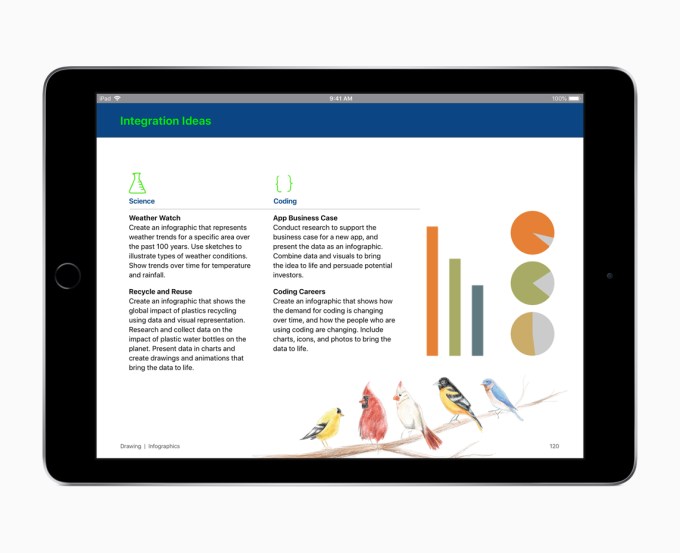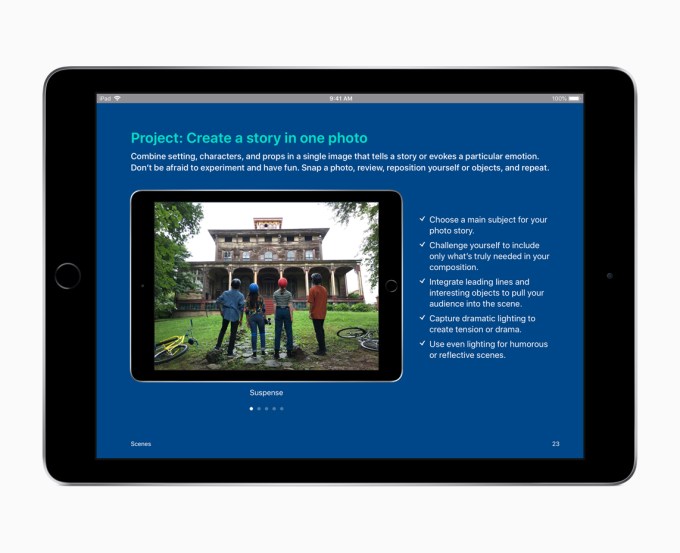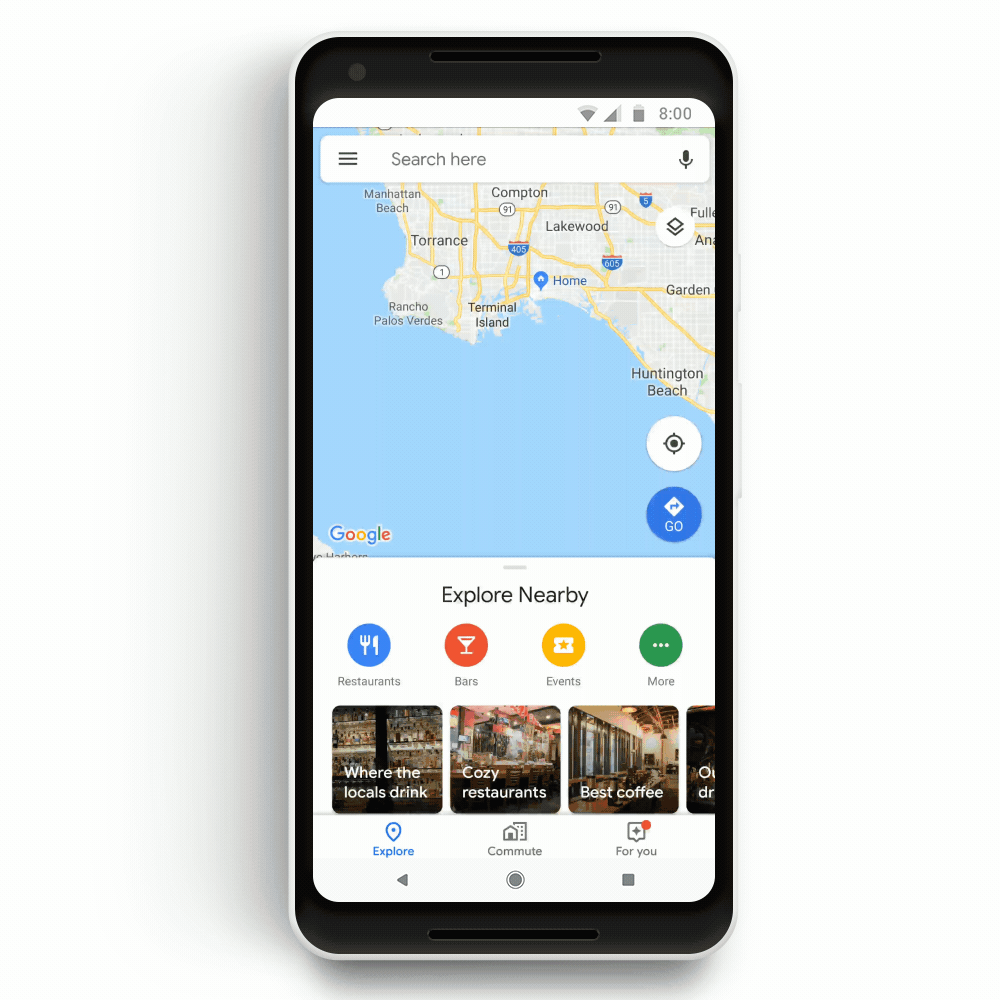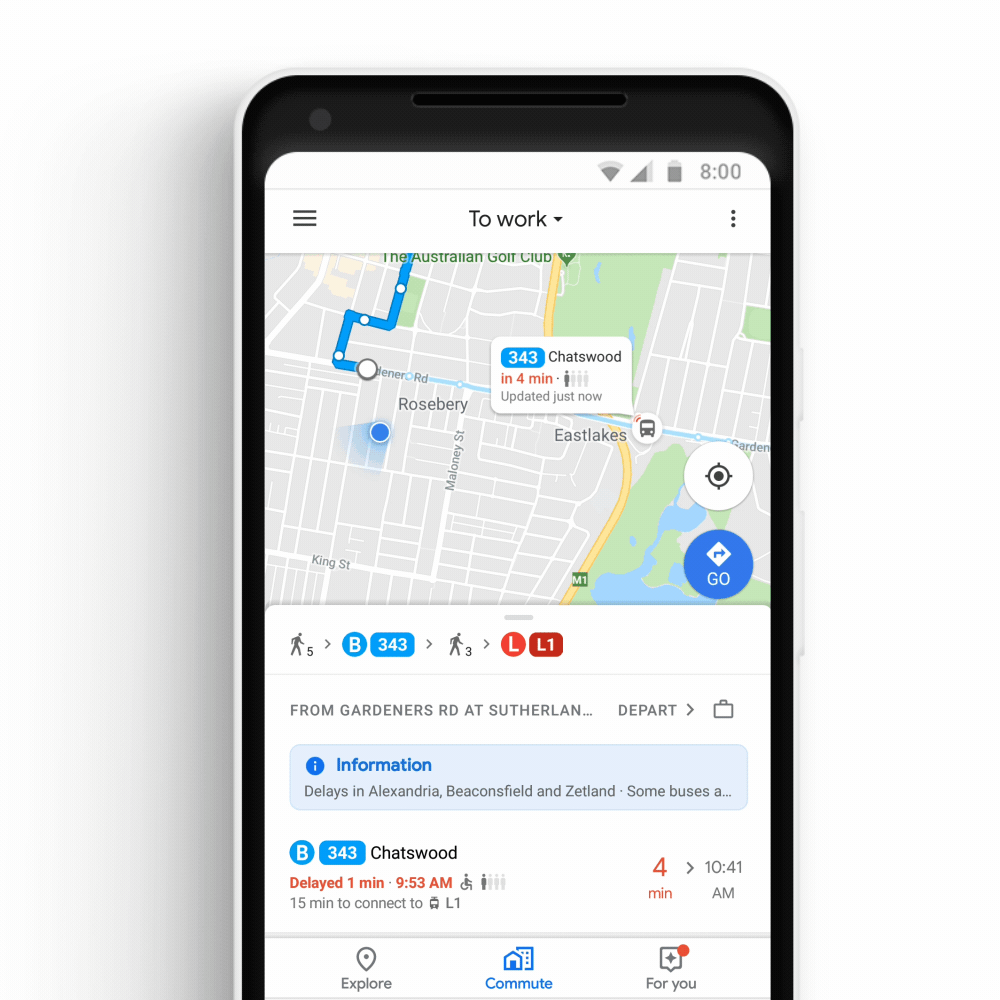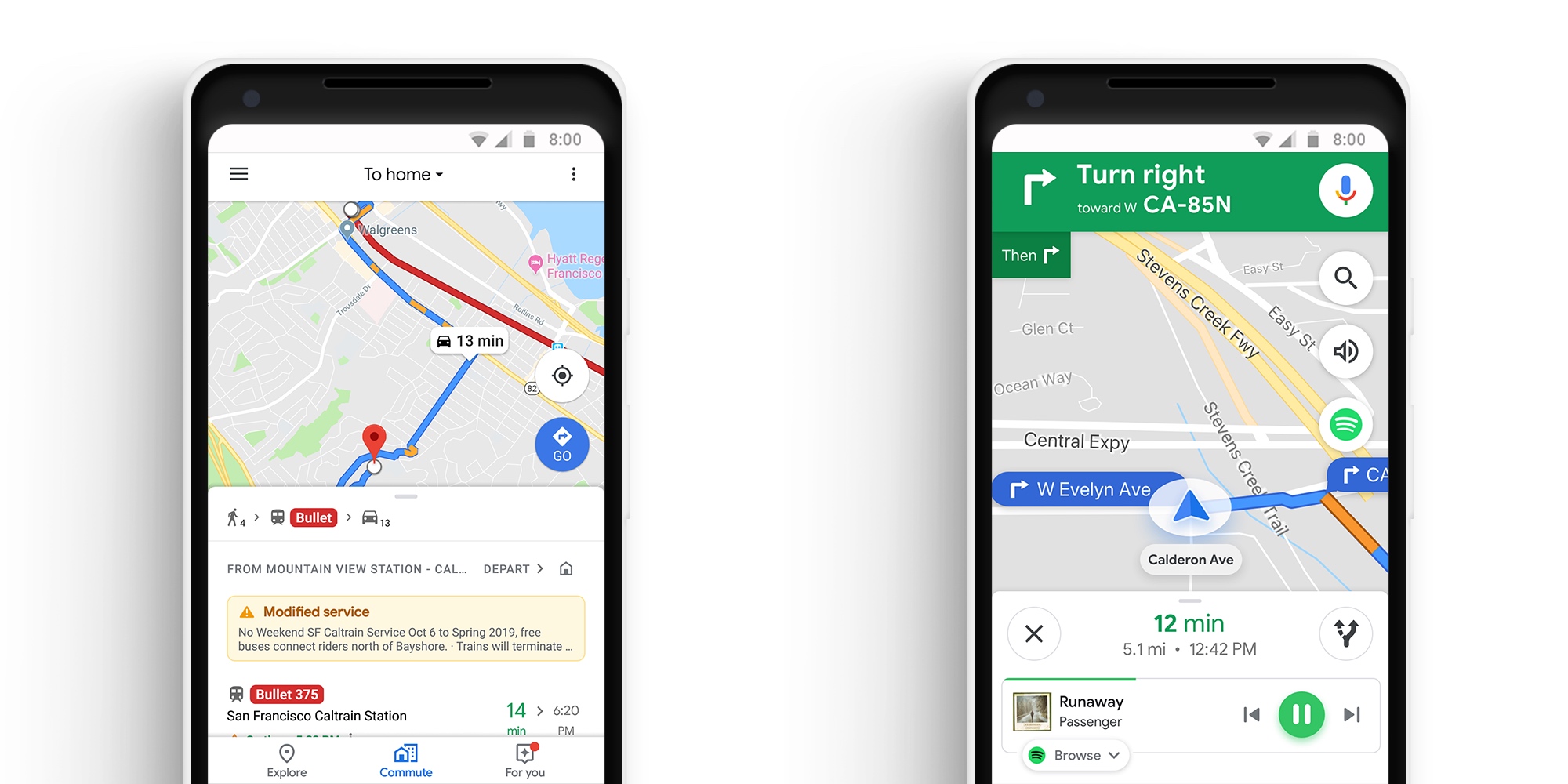A patent suit between IBM and Groupon that has been underway for over two years has finally been settled. Today, the two companies announced that Groupon will pay IBM $57 million both to settle infringement claims, as well as to license e-commerce patents from IBM in the future. On IBM’s side, the company said it will “consider” offering Groupon products to employees as part of the company’s corporate benefits package.
“The license we have acquired to IBM’s patent portfolio will enable Groupon to continue to build amazing products for consumers and small businesses around the world. We look forward to sharing these products directly with IBM employees,” said Bill Roberts, Groupon vice president of Global Communications, in a statement.
The $57 million is a fair bit lower than the initial $83 million that IBM was initially awarded when it had won the case against Groupon in July, and significantly lower than the $167 million that it had originally asked for in damages.
Groupon had always argued that it wasn’t guilty because it believed the patents that were in question were too old, and so in July it had said it would consider appealing or applying for a lower sum (which it appears to have achieved).
The news puts to rest a case that has been ongoing since March 2016, when IBM filed a case against Groupon alleging that the daily deals site was violating four patents. IBM — one of the world’s biggest technology patent holders, with more than 45,000 now credited to it — is no stranger to litigating against other companies that it believes infringes on them, with other suits involving Twitter, Amazon, Expedia and more.
IBM made nearly $1.2 billion in intellectual property licensing and royalties in 2017 according to its annual report. Notably, this was down about 14 percent from 2016’s $1.4 billion, so it seems that the company might look to get more aggressive to bring back growth to that area.
“IBM invests over $5 billion annually in research and development,” said Dr. William Lafontaine, IBM’s general manager of intellectual property, in a statement. “This agreement further demonstrates the value of our intellectual property that results from this innovation. We’re pleased this matter has been resolved.”
Groupon has a market cap of about $2.2 billion and its stock is up by over three percent today, although overall has been on a downward trend for the last year, as the company continues to struggle to regain some of the momentum it had in its early days around deals for local goods, services and experiences.


